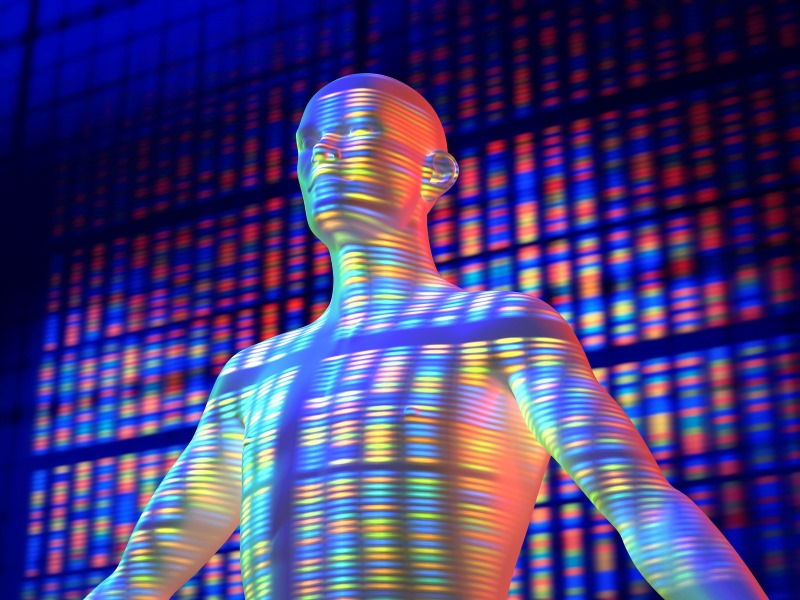Understanding Arteriovenous Malformation: Symptoms, Genes, and Care disease
Arteriovenous Malformation, also known as arteriovenous malformations, is related to capillary malformation-arteriovenous malformation 1 and arteriovenous malformations of the brain, and has symptoms including angina pectoris, back pain and chest pain. An important gene associated with Arteriovenous Malformation is EPHB4 (EPH Receptor B4), ...
Lifestyle Considerations for Camptocormia Management disease
Camptocormism, also known as idiopathic camptocormia, is related to myopathy and mitochondrial myopathy. An important gene associated with Camptocormism is MYH7 (Myosin Heavy Chain 7), and among its related pathways/superpathways is Nucleotide metabolism. Affiliated tissues include skeletal muscle, pons and subthalamic nucleus, and related ...
EIE: Managing Epileptic Encephalopathy disease
Developmental and Epileptic Encephalopathy 1, also known as epileptic encephalopathy, early infantile, 1, is related to developmental and epileptic encephalopathy 2 and non-syndromic x-linked intellectual disability arx-related, and has symptoms including dyspnea, muscle spasticity and myoclonic seizures. An important gene associated with ...
Understanding Greig Cephalopolysyndactyly Syndrome disease
Greig Cephalopolysyndactyly Syndrome, also known as gcps, is related to polydactyly, postaxial, type a1 and craniosynostosis. An important gene associated with Greig Cephalopolysyndactyly Syndrome is GLI3 (GLI Family Zinc Finger 3), and among its related pathways/superpathways are Signal Transduction and Presynaptic function of Kainate ...
Managing Rhizomelic Chondrodysplasia Punctata disease
Rhizomelic Chondrodysplasia Punctata, also known as chondrodysplasia punctata, rhizomelic, is related to rhizomelic chondrodysplasia punctata, type 3 and rhizomelic chondrodysplasia punctata, type 2. An important gene associated with Rhizomelic Chondrodysplasia Punctata is PEX7 (Peroxisomal Biogenesis Factor 7), and among its related ...


